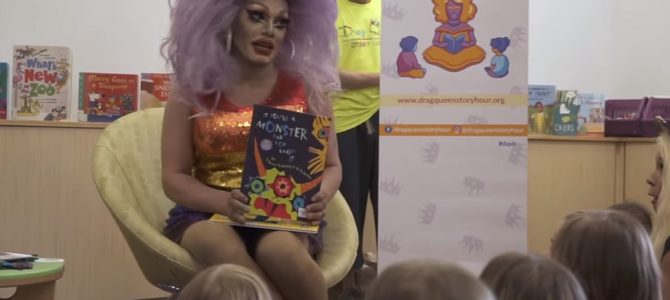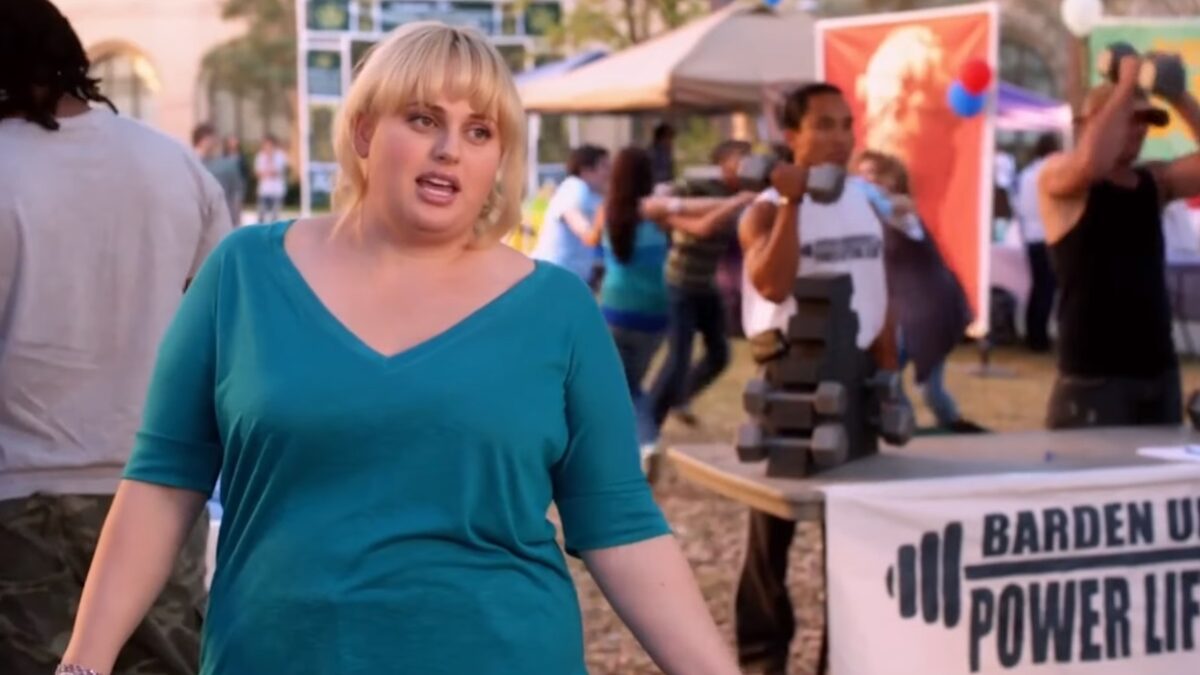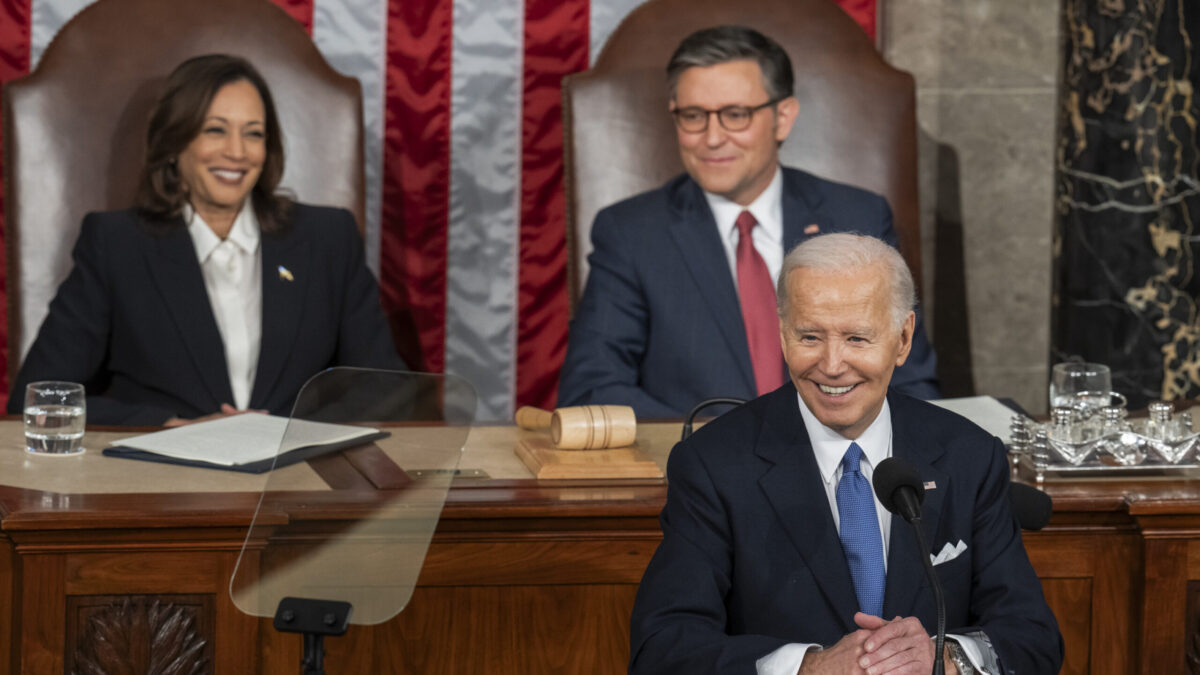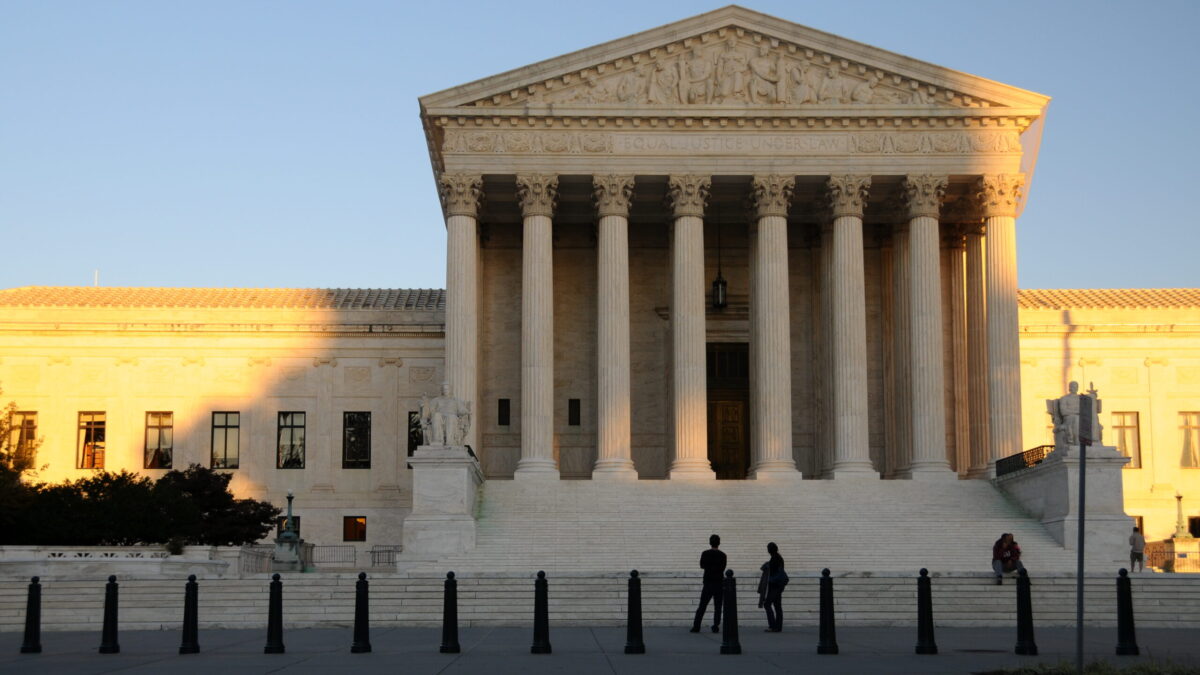
The first organized effort to oppose the gay rights movement came as argument that many today would find absurd. In 1977, the well-known singer Anita Bryant learned of a new city ordinance in Miami, Florida designed to protect gays and lesbians from employment discrimination.
Among other things, the law prevented private Christian schools from discriminating against openly gay teachers. As the Washington Post reported at the time, “‘This is not a campaign to kick the homosexuals out of where they’ve always been,’ said Bob Green, Bryant’s husband and business manager. ‘It’s strictly a defensive measure on our part.’ Save Our Children contends that passage of the law will enable homosexuals to ‘recruit’ youths.”
Thus, the battle over sexual identity in public life found its key debating point: How would it affect children? Over the course of this long debate, the religious right routinely came back to this argument, and much of the gay rights movement’s message developed around disproving the accusation.
For example, in 1981, Jerry Falwell sent a fundraising letter warning, “Please remember, homosexuals don’t reproduce! They recruit! And they are out after my children and your children.” In 1992, conservative writer Judith Ann Reisman argued that the gay rights movement was primarily focused on recruitment efforts, speculating that 20-30 percent of America’s youth would be recruited into homosexual activity by increased public exposure.
Despite the last two decades or so of progress in significantly reducing this stereotype, the progressive movement, as it tends to do so often, has pushed the boundaries too far. This deeply embedded fear of what might happen to children has bubbled back up to the surface. The current LGBT movement’s fixation on child drag queens and transgender identity in children certainly appears to validate Bryant and her day’s Religious Right. The sudden prominence of adult gay men dressed as caricatures of women and reading to preschool-aged children has resurfaced this long-held fear.
The official organization, called Drag Queen Story Hour, does little to dissuade this view, either. Their website states, “DQSH captures the imagination and play of the gender fluidity of childhood and gives kids glamorous, positive, and unabashedly queer role models. In spaces like this, kids are able to see people who defy rigid gender restrictions and imagine a world where people can present as they wish, where dress up is real.”
A participating drag queen named Santana Pilar Andrews said he had grown up feeling different and being bullied and hoped Drag Queen Story Hour would allow children, often as young as three, to find normalcy in being different. But for many concerned about the program, it certainly sounds like the organization is seeking to influence the sexual and gender identities of the kids they entertain.
Supporters argue the entertainment is not only harmless fun for everyone involved, but positive for the gay men as well. Jonathan Hamilt, who co-founded The Drag Queen Story Hour, argued it helps gay men “to get out of the night life and into their communities, their neighborhoods, their towns where they live, and give back.”
In another interview, Hamilt said, “Wherever we go there is a big community who come out — especially in more rural or conservative areas, people come from farther away to support our events because nothing like this has happened there before. There is a big need for it in areas that aren’t liberal big cities.” Clearly, supporters believe it is an extremely positive part of every child’s life to interact with LGBT role models.
There is no doubt many who participate in these events are harmless and are genuinely seeking to be a positive influence. Andrews says, “I can go in and entertain adults in a club and also entertain a group of students and young children. I’m able to do that because I’m an adult and able to filter myself.”
There is also the risk of sex offenders engaging in the program as drag queens, as has happened in Houston, Texas. For the most part, however, children most likely see the adults as merely characters entertaining them, as at a theme park or if a clown read to them. It is unlikely a three-year-old will understand that the person reading to her is really a man dressed a woman in an effort to inspire openness to sexuality and gender identity.
But there is a larger issue at hand. Drag queens are adult entertainment. There is no way around this reality. From the make-up to the dress to the personality, a drag queen is built from the ground up as a caricature of a sexual, adult woman.
This is the fun of drag culture for many. Drag queens are associated with sassy, edgy and explicitly blunt humor and sexuality. They are allowed to be over-the-top and aggressively sexualized because they are meant to be exaggerations. A man dressing as a drag queen to read to children is essentially the same as a female adult entertainer teaching a preschool dance class while fully clothed. It just does not work, despite the innocence of the intention or of the children involved.
I was once asked to speak to a middle school about Jewish identity and culture. During a class discussion, one of the kids asked if my wife was also Jewish. I answered that my husband was not Jewish, but had moved here from Scotland, which they all found fascinating.
The kids did not seem to care about the “wife/husband” substitution or the realization that I was a gay man. But I also did not elaborate on my sexual identity. In drag queen events, LGBT advocates want LGBT people to be active in everyday life and for children to see them as normal, as was my experience. They want young LGBT kids in the room to see someone like them and not feel so alone. But doing so through the more elaborate and extreme versions of sexual and gender identity is not the way to do it.
When LGBT activists argue their goal is to introduce preschool-aged children to concepts of gender-fluidity and openly “queer” people, they are arguing for forcing leftist views about sexuality and gender on children. That, in many ways, is what the conservative opposition is truly about.
We do not want kids to be confused by a culture that cannot decide if drag queens are positive expressions of queer identity or a transphobic mockery of gender identity. We do not want kids to be pushed into believing their childhood exploration of identity is evidence they must change everything about themselves. We don’t want kids to look up to adult men dressed as sexualized caricatures of women and believe this is, indeed, normal or respectful towards women.
In this, the movement has lost its way. Rather than enjoy the vast and open freedom and acceptance LGBT people have in our culture, they continually believe they are entitled to push the limits. By promoting adolescent boys as drag queens and intentionally setting up events in which adult entertainers entertain children, they have reignited the fears the community spent 30 years fighting.
The majority of gay men who work as drag queens are not out to hurt kids, but LGBT activists are placing them in increasingly compromising social positions. Drag queens were never meant to be educators or entertainers to children.
In many ways, Anita Bryant foresaw a movement pushing the boundaries too far, too fast. While the LGBT movement has become such an accepted and normal part of society that drag queens are generally looked upon as playful, funny adult entertainers, progressive extremism is undermining this progress. Drag queens should not be teaching children. The LGBT community loses nothing by respecting the boundaries of adult entertainment and could lose everything if they continue to push this envelope.








